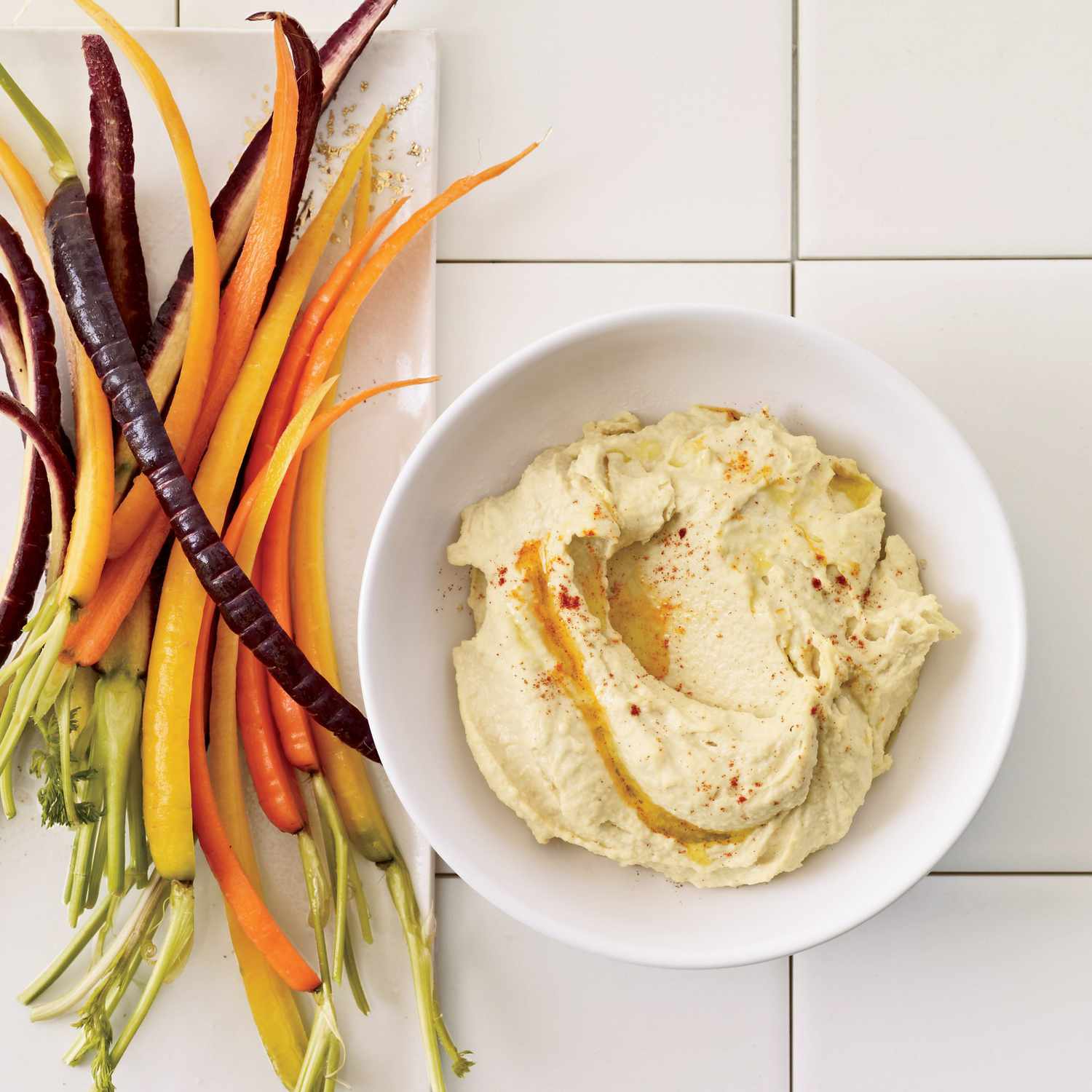Introduction:
In recent years, the culinary world has seen an explosion of interest in diverse and wholesome ingredients. One such ingredient that has captured the hearts and taste buds of food enthusiasts around the globe is tahini. This creamy, velvety paste made from ground sesame seeds has been a staple in Middle Eastern and Mediterranean cuisines for centuries. However, it is now gaining popularity worldwide, thanks to its unique flavor, versatility, and numerous health benefits. Join us on a flavorful journey as we explore the wonders of tahini and discover why it deserves a prominent place in your pantry.
The Origins and Production of Tahini:
Tahini, derived from the Arabic word “tahana,” meaning “to grind,” has a rich history dating back thousands of years. It is believed to have originated in ancient Persia (modern-day Iran) and quickly spread across the Middle East and the Mediterranean region. The process of making tahini involves grinding roasted or raw sesame seeds into a smooth paste, with or without the addition of oil. The result is a luscious and creamy concoction, often described as the “peanut butter of the Middle East.”
A World of Flavor and Versatility:
One of the most remarkable qualities of tahini is its versatility in the kitchen. It possesses a nutty, slightly bitter taste, with a hint of sweetness, making it an ideal ingredient for both savory and sweet dishes. Tahini shines as a star component in traditional Middle Eastern recipes such as hummus, baba ganoush, and halva. It also adds depth and creaminess to dressings, sauces, and dips, giving them a unique and exotic twist.
But tahini’s culinary applications extend far beyond its traditional roots. It can be used as a spread on sandwiches, toast, or even as a replacement for butter in baked goods, imparting a delightful flavor and moisture. Incorporating tahini into smoothies, yogurt bowls, and ice creams can add a velvety texture and a distinct nutty taste. The possibilities are endless, limited only by your imagination and creativity in the kitchen.
Nutritional Benefits:
Besides its incredible flavor and versatility, tahini is a nutritional powerhouse. Packed with essential nutrients, it offers numerous health benefits:
- Rich in Healthy Fats: Tahini is an excellent source of monounsaturated and polyunsaturated fats, including omega-3 and omega-6 fatty acids. These healthy fats are vital for brain health, reducing inflammation, and maintaining heart health.
- Plant-Based Protein: Tahini contains a notable amount of plant-based protein, making it an excellent option for vegetarians and vegans. Protein is essential for muscle growth, tissue repair, and overall body function.
- Abundant Minerals: Sesame seeds, the main ingredient in tahini, are a rich source of minerals like calcium, magnesium, iron, and zinc. These minerals are crucial for maintaining bone health, energy production, and supporting the immune system.
- Vitamins and Antioxidants: Tahini provides various vitamins, including vitamin B, E, and folate. Additionally, it contains powerful antioxidants, which help protect cells from oxidative stress and reduce the risk of chronic diseases.
Incorporating Tahini into Your Diet:
With its incredible taste and nutritional benefits, incorporating tahini into your diet is a wise choice. Here are a few suggestions to get you started:
- Classic Dips and Spreads: Use tahini as the base for hummus, baba ganoush, or as a dip for raw vegetables. Its creamy texture and unique flavor will elevate your snacking experience.
- Salad Dressings and Sauces: Whip up a creamy

